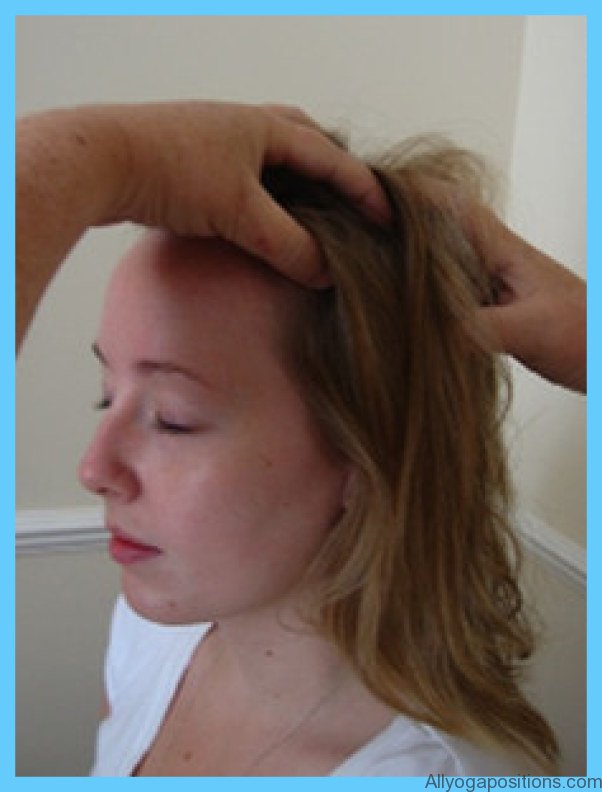The popularity of Indian Head Massage as a complementary therapy in the West is largely due to the efforts of Narendra Mehta. He grew up in India with head massage as part of his daily life and when he moved to the UK in the 1970s he noticed this was a greatly neglected area within massage, even being omitted from a full body massage. He returned to India in 1979 and studied head massage across all the Indian traditions, arriving at these conclusions:
By including the face, neck, shoulders and uppers arms (which are the most vulnerable areas for the accumulation of stress and tension) the benefits of a treatment were greatly enhanced.
By introducing the Ayurvedic element of chakra balancing to the treatment in addition to massage, the subtle energy system could be positively affected.
INDIAN HEAD MASSAGE AS A COMPLEMENTARY THERAPY Photo Gallery
By using techniques that could be done as a ‘dry’ massage, without the need for clients to undress, the therapy would be accessible and convenient to those who may otherwise not have massage. The use of oil is an optional extra that can be performed at the end of a treatment.
Narendra Mehta introduced Indian Head Massage to the UK in 1981
Narendra Mehta introduced Indian Head Massage to the UK in 1981. Since then, its popularity has spread around the world.
Therapist Vandana, who was brought up in Bombay, writes:
‘I have fond memories of head massage in my family home where it was an important tradition. Throughout my childhood, until the age of 16, my mother would give me and my sister a weekly head massage using coconut oil. Afterwards she would plait our hair to “make the hair grow strong”. We always left the oil on overnight, and after washing our hair the following day, it would be soft and shiny.
I also vividly remember a song from an old movie. The song is called “Champi Tel Malish”, meaning “head massage with oil” – shortened simply to “champi” in India. A scene in the movie features a character wandering the streets singing a song encouraging people to have head massage. It is a very catchy song in Hindi and still popular in India today.
























